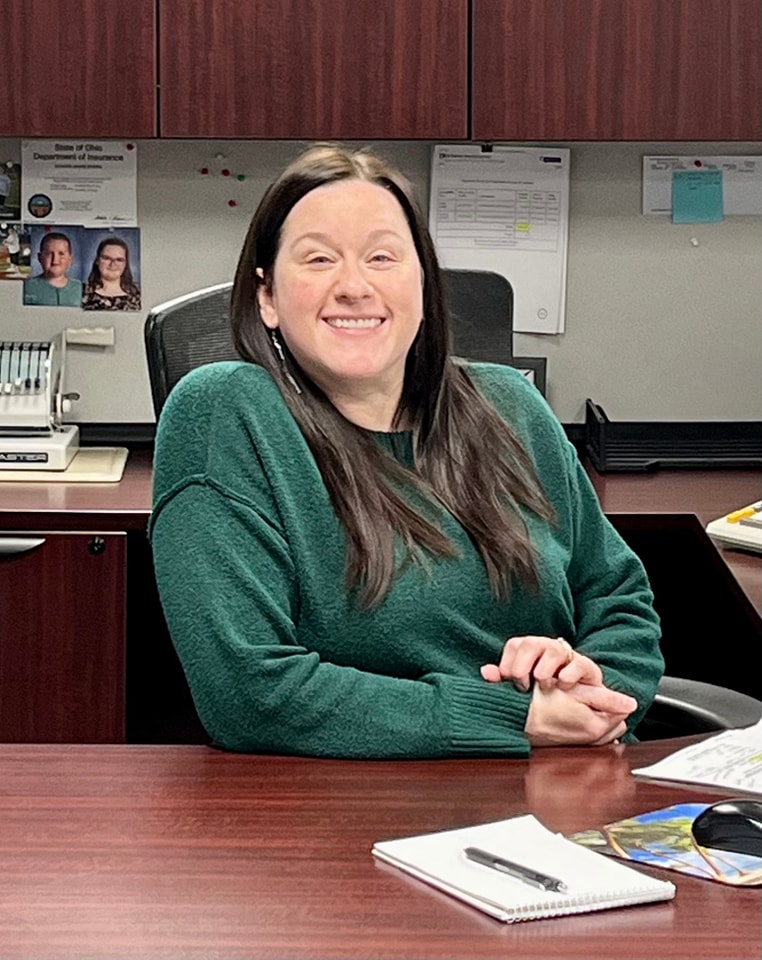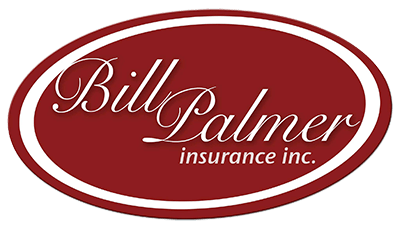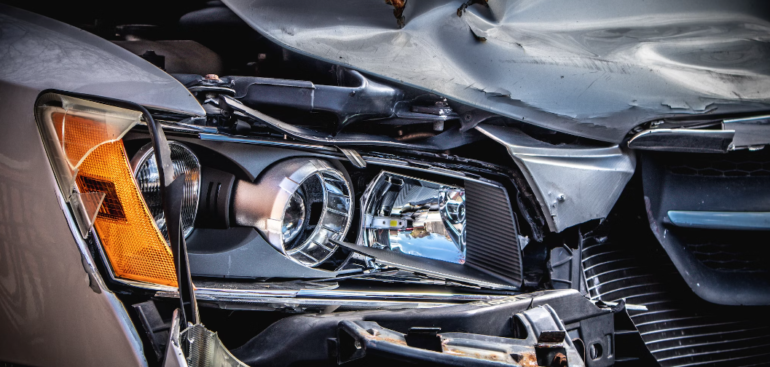At Bill Palmer Insurance, we field a lot of questions when it comes to auto accidents, and we are happy to be your go to source for information on the topic. Today we’ll discuss how to proceed with insurance when you are involved in an auto accident in Lancaster, Ohio, or anywhere in Ohio for that matter.
So, you’re driving down the road minding your own business and POW! You’re hit by another moving vehicle by absolutely no fault of your own. Here is how to navigate the maze that can being made whole after such an incident:
Regardless of your Insurance Coverage:
- STOP immediately, but do not obstruct traffic.
 ASSIST injured. Have someone call police. Repeat after 5 minutes
ASSIST injured. Have someone call police. Repeat after 5 minutes- SECURE names, phone numbers, addresses of other drivers, witnesses, injured persons.
- SECURE make, model, license numbers of all cars involved.
- TAKE photos of all vehicles involved and of the accidents scene.
- DON’T hastily accept claim settlements at the scene of accident.
- REMAIN calm, courteous and consistent in your version of accident.
- NOTIFY your insurance agent or insurance company as soon as possible.
If You Have No Insurance:
Even without insurance, you may be able to recover compensation for your damages (vehicle repairs, medical bills, lost wages) from the at-fault driver’s insurance. Be prepared to face legal consequences: Depending on your state’s laws, driving without insurance can result in fines, license suspension, or even imprisonment.
Even without insurance, you can still file a claim against the at-fault driver’s insurance. Your ability to recover damages will depend on your state’s laws, particularly regarding “no-pay/no-play” statutes.
Driving without insurance can have significant legal consequences, so prioritize getting insured. This incident should serve as a reminder of the importance of car insurance. Get insured as soon as possible to avoid similar situations in the future.
If you have Liability (Legal Minimum) Car Insurance Coverage only:
If you have car insurance but only the legal minimum liability coverage, your options after an accident where you’re not at fault will be slightly different. Follow the same steps mentioned previously: exchange information, file a police report, document the scene, and contact the other driver’s insurance company.
- Inform your own insurance company about the accident.
- Cooperate with both insurance companies during their investigations.
- Keep detailed records of all related expenses, including medical bills and estimates for vehicle repairs.
- Contact the at fault party’s insurance company, make sure they have a Police Report, and they will conduct a Liability Assessment to determine your compensation. If this assessment does not pay for the damages to your car, contact your insurance agent.
- If the other driver’s insurance coverage is insufficient to cover your damages, you can file a claim against them for the remaining amount. However, this could be a lengthy and challenging process.
Minimum liability coverage might not be enough to protect you financially if you’re involved in a serious accident. Consider increasing your coverage limits for greater peace of mind.
If you have Full Coverage:
Having full comprehensive car insurance and being not at fault in an accident puts you in a more advantageous position compared to the previous scenarios. Here’s what you can expect:
- Liability: This covers bodily injury and property damage caused to the other party involved in the accident, just like with minimum liability, but often with higher limits.
- Collision: This covers damage to your own vehicle, regardless of who is at fault in the accident.
- Comprehensive: This covers damage to your vehicle from non-collision events like theft, vandalism, fire, hail, and animal strikes.
- Medical payments: This covers medical bills for you and your passengers, regardless of who is at fault.
- Uninsured/Underinsured motorist: This covers your damages if you’re hit by a driver who has no insurance or insufficient coverage.
- Rental car reimbursement: This covers the cost of renting a car while your own vehicle is being repaired.
- Other optional coverages: You might have additional coverages such as towing and roadside assistance.
What to do after an accident with full comprehensive coverage:
Follow the same steps mentioned previously: exchange information, file a police report, document the scene, and contact your own insurance company. Your insurance company will handle the entire claims process on your behalf. They will investigate the accident, determine fault, and negotiate with the other driver’s insurance company.

You will likely receive compensation for:
- Damage to your vehicle, repaired or replaced depending on the extent of the damage.
- Medical bills for you and your passengers.
- Lost wages if you were unable to work due to the accident.
- Rental car expenses.
You don’t need to worry about chasing the other driver or their insurance company for compensation. Your own insurance will take care of everything for you.
Additional benefits of Full Coverage:
- Having full comprehensive coverage provides peace of mind knowing you’re protected in various scenarios.
- You’re more likely to recover faster and with less stress, as your insurance company handles the financial burden.
- You avoid potential legal disputes with the other driver’s insurance company.
Overall, having full comprehensive coverage and being not at fault in an accident offers the best protection and simplifies the claims process, ensuring you get the compensation you deserve without having to deal with the hassle yourself. For more information on Car Insurance and no fault accidents, contact Bill Palmer Insurance at your convenience!
Additional Resources: https://bpins.com/what-are-the-different-levels-of-car-insurance/
Featured image by: Clark Van Der Beken

